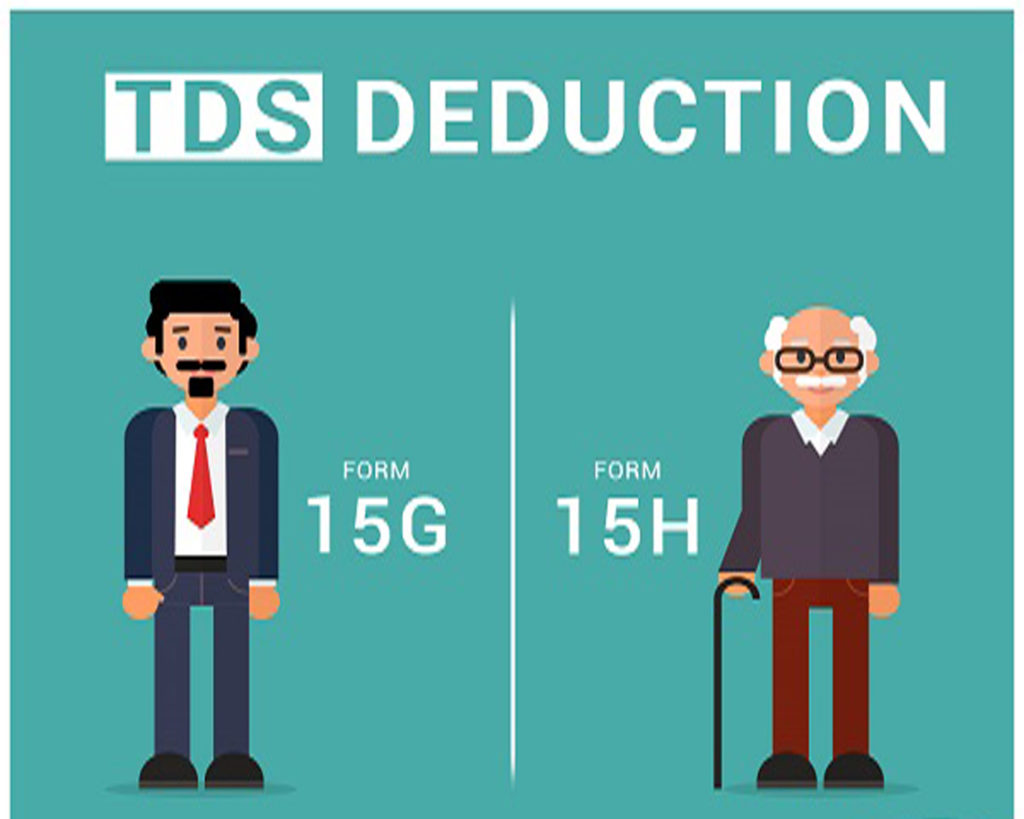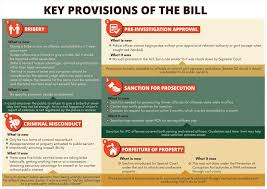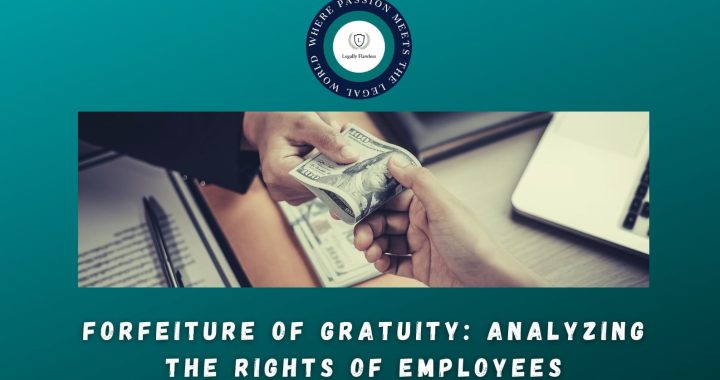Form 15G and 15H – What to Remember When Submitting These Forms?

Form 15G and 15H - What to Remember When Submitting These Forms?
Most of the time, people are not very clear regarding Form 15G or the Form 15H and how these have to be submitted to banks or other payers to ensure that interest can be received without any TDS. This article covers all that you need to know about Form 15G and Form 15H, and they have been elaborated in detail.
Form 15G and Form 15H – What is it, and how is it relevant?
You must be aware that TDS or Tax deductible at source is applicable on some of the interest paid or interest payable which is above Rs. 5,000/- (and it is above Rs. 10, 000/- in case the bank is the payer). If the annual interest payment is not exceeding the amount of Rs. 5,000/- or Rs. 10,000/-, there is no TDS liability. The limit of Rs.10,000 mentioned above has been enhanced to Rs 50,000 in case a senior citizen is a payee. There has to be the duplicate filing of these forms, and once they are on record of the payer (i.e., bank, company, post office, etc.), the total interest will be paid to the lender/depositor without TDS. While filing and submitting these forms, one must file the form only if you are eligible to do so.
Who can submit Form 15G?
Any person who is an Indian resident and non-senior citizen can submit the form. An NRI must not submit it. There are two conditions to be fulfilled:
- The final tax which is on the projected total income as per Income Tax Act provisions has to be nil; and
- The aggregate interest income etc. obtained in a financial year must not surpass the standard exemption limit in the particular year (Standard exemption limit for A.y 2019-20 is Rs 250,000).
Who can submit form 15H?
Any resident of India, who has completed 60 years of age in the financial year or is above 60 years of age can submit the form 15H provided their tax liability based on their projected income is nil. A senior citizen can submit form 15H even if the total interest from the payer might surpass Rs.3 Lacs (AY 2019-20 basic exemption limit). A super senior citizen has a basic exemption limit of Rs.5 lacs for the AY 2019-20.
Difference between Form 15G and 15H

- An individual who is below 60 Years of age can submit Form 15G whereas an individual who is 60 years and above can submit form 15H.
- Hindu undivided families can submit form 15G, but only an individual above 60 years of age can submit form 15H.
- An individual whose interest income exceeds the basic exemption limit applicable cannot file the form 15G.
Points to bear in mind during submission of Form 15G and Form 15H
- You must make sure your Permanent Account Number (PAN) is mentioned on the forms during submission. In case of failure to give the PAN, the tax is deducted @ 20%. It is advised to keep a hard copy of the acknowledgements of the forms that have been filed with the deductor (the PAN has to be mentioned), to make sure no tax is deducted.
- Make sure the forms are filed and submitted in duplicate – one form is sent over to the IT department.
- You must submit the form at the start of the financial year or when the deposit is done to prevent a scenario wherein the tax has already got deducted by the payer.
- In case you have FDs in various branches of the same bank, you have to deposit the forms at each office where you have made the deposit.
- These Forms are to be used only for payments such as dividends, national saving schemes, interest on securities, interest on units, and other such payments as mentioned by the IT Act. Before you submit the form every year, examine the eligibility criteria as well.
- No TDS is to be deducted by banks on the interest that is payable in a saving account.
- In case a bank FDR is created for a long period, though interest gets paid on its maturity, the bank has to deduct TDS on the accrued interest for that specific year, though interest has not been paid. Hence, it is essential to submit these forms every year irrespective of the FD maturity date.
- Any wrong declaration will attract penalty u/s 277. It is also liable for prosecution that could range between 3 months to about 7 years based on quantum of default.
- Also note that in Form 26AS, under Part A1, the interest on the FD’s wherein tax has not been deducted because of submission of the Form 15G/15H is mentioned.
- When filing your returns, this income has to be presented under the correct head.


 ITAT Amritsar: No Section 269SS Violation for One-Time Cash Payment Before Sub-Registrar
ITAT Amritsar: No Section 269SS Violation for One-Time Cash Payment Before Sub-Registrar  Tax Officials Unleash Digital Dragnet: How New Raid Powers Redefine Privacy, Property Rights in India and likely to Fuel Corruption
Tax Officials Unleash Digital Dragnet: How New Raid Powers Redefine Privacy, Property Rights in India and likely to Fuel Corruption  Income Tax Department Rewards for Reporting Tax Evasion: A Comprehensive Guide
Income Tax Department Rewards for Reporting Tax Evasion: A Comprehensive Guide  Forfeiture of Gratuity by Employer- What are the Remedies for an employee- Can employer be challenged?
Forfeiture of Gratuity by Employer- What are the Remedies for an employee- Can employer be challenged?  Employer can forfeit gratuity of an employee in case of moral turpitude
Employer can forfeit gratuity of an employee in case of moral turpitude  Diving Deeper: The Impact of the New Tax Bill on Dairy and Farming Income
Diving Deeper: The Impact of the New Tax Bill on Dairy and Farming Income